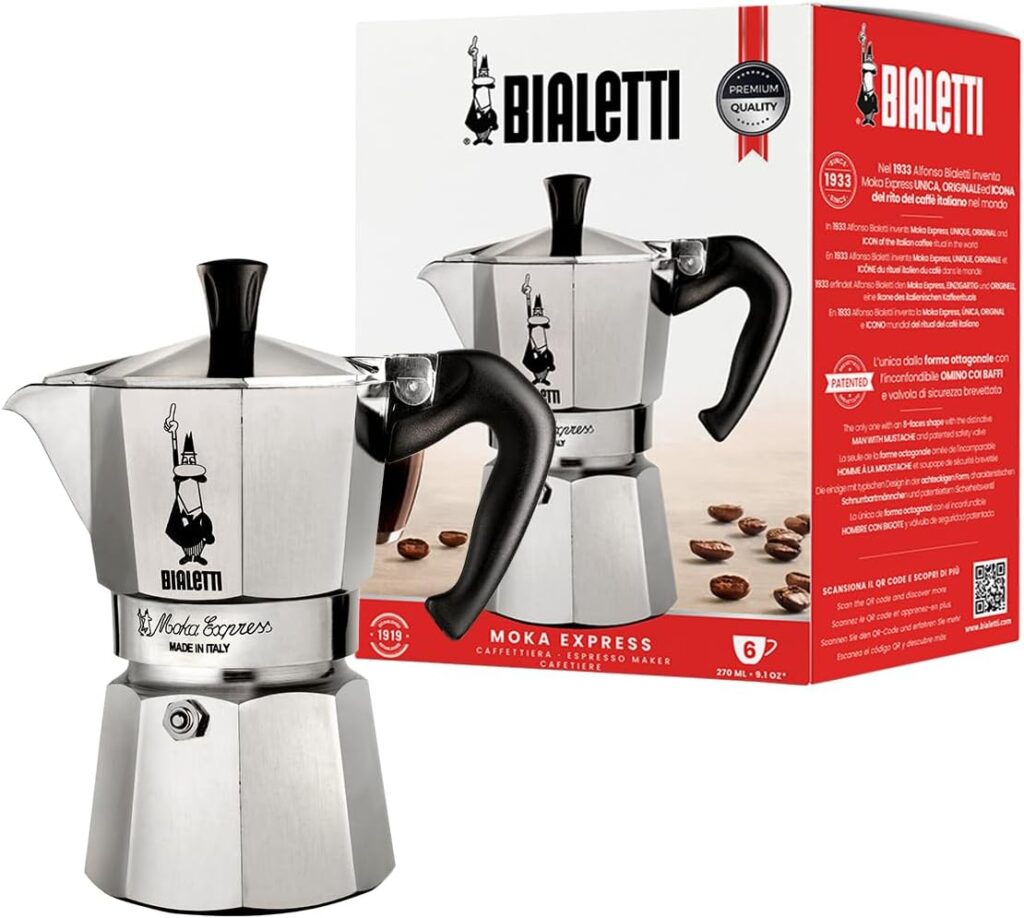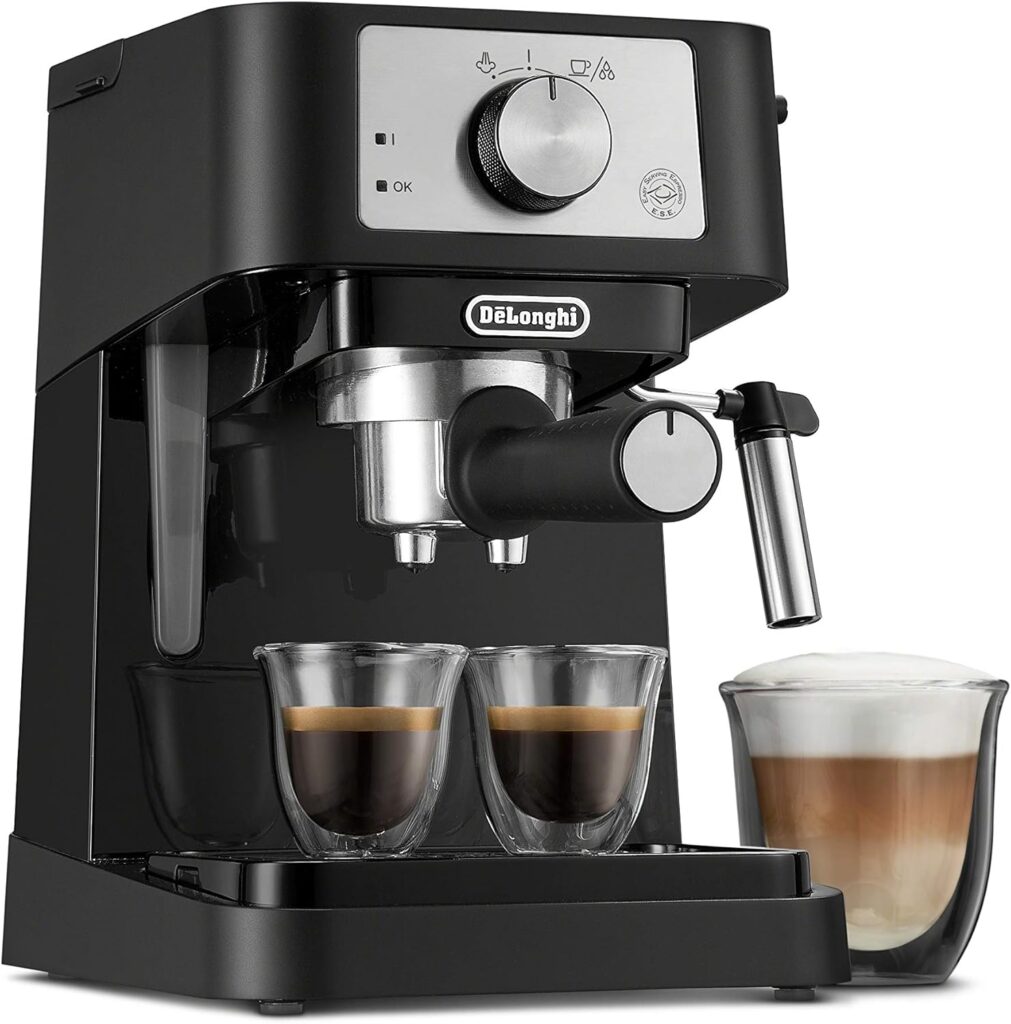The Art and Tradition of Italian Coffee. Exploring Best Italian Coffee Brands

As you delve into the rich tapestry of Italian coffee culture, you’ll discover a world where tradition and innovation intertwine. From the bustling cafes of Rome to the aromatic roasteries of Naples, Italy’s coffee heritage is as diverse as it is revered. You’ll encounter iconic brands like Lavazza, Illy, and Kimbo, each with its own unique story and flavor profile. These companies have not only shaped Italy’s coffee landscape but have also become ambassadors of Italian quality worldwide. As you explore the art and tradition of Italian coffee, you’ll gain insight into the meticulous craftsmanship, passion, and centuries-old techniques that have made Italian espresso a global phenomenon.
The History of Coffee in Italy
From Exotic Import to National Obsession
The story of Italian coffee begins in the 16th century when Venetian merchants first brought this exotic bean to Europe. Initially viewed with suspicion, coffee quickly gained popularity among the Italian elite. By the 17th century, coffee houses had become social hubs in major cities, fostering intellectual discourse and political debate.
The Birth of Espresso
The true revolution in Italian coffee culture came with the invention of the espresso machine in 1901. This innovation, pioneered by Luigi Bezzera in Milan, allowed for the rapid preparation of concentrated coffee under high pressure. The result was a rich, flavorful shot that would become the foundation of Italy’s coffee tradition.
Cultivating a Unique Coffee Culture
As espresso spread throughout Italy, each region developed its own coffee customs. From the strong, sugar-free espresso favored in the north to the sweeter, more leisurely caffè lungo of the south, Italian coffee culture became as diverse as the country itself. This variety of traditions has contributed to the richness of Italian coffee brands, each offering a unique taste of Italy’s coffee heritage.

Renowned Italian Coffee Brands
Italian coffee has a rich history that has given rise to some of the world’s most renowned brands. From north to south, these Italian coffee brands have not only preserved centuries-old traditions but also innovated to meet changing consumer preferences. Each brand tells a unique story of passion, craftsmanship, and the enduring allure of Italian coffee culture.
Pioneers of Italian Coffee
Lavazza
Lavazza, founded in 1895 in Turin, stands as one of the oldest and most respected Italian coffee brands. Known for its innovative blending techniques, Lavazza has played a crucial role in shaping the global perception of Italian coffee. It offers a wide range of blends, from 100% Arabica to robusta-infused options, catering to diverse tastes. Lavazza is also a leader in coffee innovation and sustainability efforts.
If you want to try Lavazza coffee, you can purchase it here:
- Lavazza 2 Pack Crema E Gusto Ground Coffee
- Lavazza Espresso Barista Perfetto Whole Bean Coffee 100% Arabica
- Lavazza Espresso Ground Coffee Blend
Illy
Illy, established in 1933 in Trieste, revolutionized coffee preservation with its pressurization method. The brand is known for its unique blend of nine Arabica beans, which creates a balanced and rich flavor profile. Illy is also recognized for its artistic coffee cup designs and commitment to sustainability.
If you want to try Illy coffee, you can purchase it here:
Other Famous Italian Coffee Brands
Segafredo Zanetti
Part of the Massimo Zanetti Beverage Group, Segafredo Zanetti is a global leader in espresso production. The brand is known for its bold and rich coffee blends, perfect for those who enjoy a strong cup of coffee.
Lavazza Qualità Oro
Although part of the Lavazza brand, Qualità Oro deserves special mention. It is a premium blend that combines six types of Arabica beans, known for its sweet and aromatic flavor. It is a favorite among those who appreciate a sophisticated coffee experience.
Caffè Vergnano
Founded in 1882, Caffè Vergnano is one of Italy’s oldest coffee roasters. The brand is committed to traditional roasting methods and offers a variety of blends, including organic and fair-trade options.
Modern Icons
Kimbo
Kimbo, born in Naples in 1963, quickly became a household name, bringing the intense flavors of Neapolitan coffee to homes across Italy and beyond. The brand has a strong focus on traditional coffee-making techniques and offers a range of blends that capture the essence of Southern Italian coffee culture.
Caffè Borbone
Caffè Borbone, though younger than some of its counterparts, has rapidly gained popularity, especially in the single-serve coffee market. Its commitment to traditional Neapolitan roasting methods has won over coffee enthusiasts.
What Makes Italian Coffee So Special?

Italy’s coffee culture is renowned for its meticulous attention to detail in both roasting techniques and blend mastery. The country’s approach to coffee is a harmonious blend of tradition, innovation, and an unwavering commitment to quality. Here’s an in-depth look at these key aspects:
Meticulous Coffee Roasting Techniques
Italian coffee roasters have perfected the art of roasting beans to achieve optimal flavor profiles. They employ precise temperature control and timing to bring out the best characteristics of each coffee variety. This attention to detail results in a rich, balanced brew that has become synonymous with Italian coffee excellence.
- The Art of Roasting: In Italy, coffee roasting is treated as both an art and a science. The goal is to enhance the natural flavors of the beans while achieving the perfect balance of bitterness, acidity, and body. Roasters often rely on time-honored techniques passed down through generations.
- Slow Roasting: Italian roasters typically favor a slow roasting process, which allows the beans to develop their full flavor potential. This involves roasting at lower temperatures for a longer duration compared to faster, high-temperature methods. Slow roasting helps preserve the aromatic oils within the beans, resulting in a richer and more complex flavor profile.
- Medium to Dark Roasts: The traditional Italian roast is generally medium to dark, which is ideal for espresso. This roast level brings out the bold, robust flavors that characterize Italian coffee, with a slightly oily surface indicative of the beans’ rich oils.
- Craftsmanship and Experience: Experienced roasters use their senses—sight, smell, and sound—to judge the perfect roasting point. They listen for the “first crack” (a popping sound indicating the beans’ internal structure is breaking down) and sometimes the “second crack,” to gauge the beans’ readiness.
- Consistency and Precision: Achieving consistency is crucial in Italian coffee roasting. Roasters meticulously control variables such as temperature, time, and airflow to ensure each batch meets the brand’s standards. This precision is vital for maintaining the flavor profile that customers expect.

Blend Mastery
Italian coffee brands excel in creating harmonious blends that combine different bean varieties. These carefully crafted mixtures produce complex flavors that are both bold and smooth. The art of blending is a closely guarded secret among Italian roasters, passed down through generations.
- Creating Signature Blends: Italian coffee blends are crafted to deliver a harmonious balance of flavors, aromas, and textures. Master blenders combine beans from different origins—each contributing unique characteristics—to achieve a well-rounded and distinctive taste.
- Arabica and Robusta: While many Italian blends focus on Arabica beans for their smoothness and aromatic qualities, the inclusion of Robusta beans is not uncommon. Robusta adds body, crema, and a more pronounced bitterness, which is desirable in traditional Italian espresso.
- Tailoring to Preferences: Italian roasters tailor their blends to meet specific taste preferences, whether for a sweet, fruity espresso or a bold, nutty one. This customization allows each brand to carve out its unique niche in the coffee market.
- Experimentation and Innovation: While tradition holds a strong influence, Italian roasters are not afraid to experiment with new blending techniques and bean varieties. This spirit of innovation helps them stay competitive and cater to evolving consumer tastes.
- Cupping and Quality Control: Master blenders regularly engage in “cupping” sessions, where they taste and evaluate different coffee samples. This process ensures that each blend maintains its intended flavor profile and quality before reaching consumers.
Espresso Innovation
Italy is the birthplace of espresso, and this concentrated coffee shot remains at the heart of Italian coffee culture. The development of advanced espresso machines and extraction techniques has allowed Italian baristas to consistently produce the perfect cup, characterized by a thick crema and intense flavor.

Cultural Significance
In Italy, coffee is more than just a beverage; it’s a way of life. The ritual of enjoying a quick espresso at the bar or savoring a cappuccino with friends is deeply ingrained in Italian society. This cultural reverence for coffee has driven continuous innovation and quality improvement in the industry.
How Italian Coffee Culture Spread Across the Country
In Italy, coffee primarily means espresso. It is a short, strong shot of coffee that forms the base for many other drinks. Italians typically enjoy espresso throughout the day, often standing at a bar counter in an Italian Cafè. Italian cafés, or “bars,” are social gathering spots where people meet to enjoy a quick coffee and catch up on news or chat with friends. The atmosphere is often lively and welcoming.
Regional Flavors, National Pride
As you travel through Italy, you’ll notice how each region has put its own stamp on coffee culture. In the north, cities like Trieste—home to the renowned Illy brand—became early adopters of the espresso machine. Meanwhile, in the south, Naples developed its own robust coffee tradition, giving birth to brands like Kimbo. Furthermore, different regions in Italy have their own coffee specialties, such as the “caffè alla nocciola” (hazelnut coffee) in Naples or “caffè d’orzo” (barley coffee) in the north. This diversity in Italian coffee reflects the country’s rich tapestry of regional identities, all united by a common love for the perfect cup.
The Modern Expansion
Today, Italian coffee brands have expanded their reach from coast to coast. You can find a quality espresso whether you’re in the fashion capital of Milan or the historic streets of Lecce, home to Caffè Quarta. This nationwide spread has solidified coffee’s place not just as a beverage, but as a cultural touchstone that brings Italians together, regardless of their regional differences.









